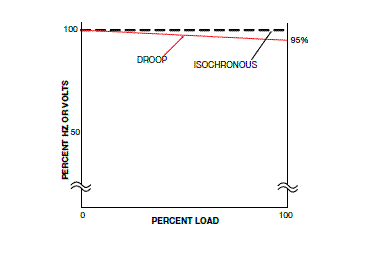- This topic has 4 replies, 1 voice, and was last updated 2 years, 11 months ago by .
-
Topic
-
I do have same power gensets different manufacturers working as standby giving power to inductive load, the two units having two AVR's: the first digital AVR the second is automatic (customer using PF correction units rated 2/3 of the total kva), …
I do have same power gensets different manufacturers working as standby giving power to inductive load, the two units having two AVR's: the first digital AVR the second is automatic
(customer using PF correction units rated 2/3 of the total kva), the first genset using auto. control PF correction capacitor while the other using fixed PF correction capacitor with total capacitors are on.
The first genset when reach 60% of its rated power, the reverse VAR cause its circuit breaker to trip.
Would the existing voltage regulators can share the VAR power?
What would be the max loading (KW, KVAR) @ 0.8, 0.99 PF.
- You must be logged in to reply to this topic.

 The same practices as described here can be applied to the voltage regulation system of the generator sets in a system. Var load sharing via droop is often termed
The same practices as described here can be applied to the voltage regulation system of the generator sets in a system. Var load sharing via droop is often termed